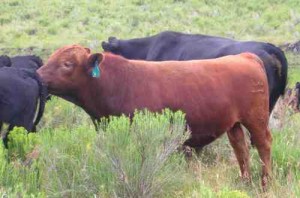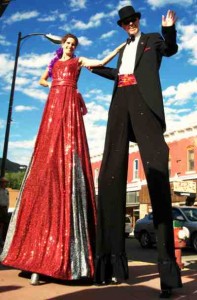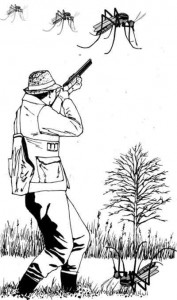Brief by Central Staff
Local History – August 2007 – Colorado Central Magazine
Anza Day, set for Friday, August 24 in Poncha Springs, commemorates the first written account of our part of the world. It is named for Juan Bautista de Anza, governor of the Spanish province of New Mexico, who in late August of 1779 camped at the present site of Poncha Springs with an army of 800 men and 2,400 horses. They were after the Jupe Comanche, who had been raiding the Taos area, and the soldiers were taking a roundabout route to keep the Comanche from fleeing before a battle could be fought.
The celebration, as usual, involves a potluck in Chipeta Park at 6 p.m., followed by a presentation at 7 p.m. across the street in the upstairs of the town hall. The event is free and open to the public.
This year’s speaker is Lt. Col. Christopher Rein, assistant professor of military history at the U.S. Air Force Academy near Colorado Springs.
Our publisher, Ed Quillen, who has organized the event most years since it began in 1994, observed that “We have had social historians and environmental historians and regional historians speak in past years. But Anza was on a military campaign, so it will be good to hear from a military historian.”
Rein has taught at the Academy since 2005. He holds a B.S. in naval architecture and marine engineering from Massachusetts Institute of Technology, and an M.A. in history from Louisiana State University. Last summer, he was awarded a fellowship to the West Point Summer Seminar in Military History.
Rein’s military career began in naval aviation as a navigator, where he won several commendations. In 2001, he transfered to the U.S. Air Force, and has since graduated from the Air Command and Staff College and the Air War College. He belongs to the Society for Military History and the American Society for Environmental History, as well as the 10th Mountain Division Living History Association.
He’s also familiar with Poncha Pass — Anza made the first recorded crossing — because “I’ve crossed it many times to go duck hunting in the San Luis Valley.”
Rein said he was looking forward to speaking about Anza. “He ran a brilliant campaign in 1779 and he was a great military leader and strategist. He predated Napoleon in some of his tactics.”
Anza founded the Presidio of San Francisco in 1776 while stationed in Nogales. He took office as New Mexico provincial governor in early 1779. The pueblos north of Santa Fé suffered from raids by the Comanche, who would cross the mountains from the Great Plains, raid for horses and women, then ride east.
Previous Spanish governors had pursued the Comanche onto the Staked Plains without success before turning back. Anza took a different course. First he got the villages to improve their defenses, and put out scouts to watch the passes. When he got word the Comanche were coming, he headed north into the San Luis Valley, over Poncha Pass and then east across the south edge of South Park to emerge onto the plains below Pike’s Peak.
He met the Comanche as they were coming out of the mountains, and blocked them from fleeing to the Plains. Anza defeated the Comanche Chief Cuerno Verde (which is Spanish for “Green Horn” and now the name of the highest peak in the Wet Mountains), and afterwards the Comanche and Spanish lived in peace for many years.



